The Easter Bonnet and the Revival of Hats
Long before the Duchess of Cambridge made hats part of her public persona, the world upper crust had fallen in love again with this accessory.
For quite a while hats had been condemned to make short showings at christenings; weddings… and of course Ascot! Not any more, hats are back in fashion and their presence reminds us of the Easter Bonnet tradition which has been recorded as far back as the 16thcentury in Shakespearean plays.
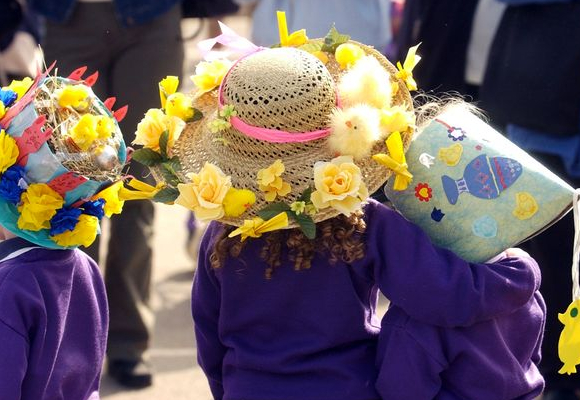
The bonnet was the crowning accessory for a fresh and bold look worn on Easter Sunday to proclaim the start of spring and the mystery of redemption. According to tradition people had to wear new clothes on that day as means to conjure negative energies and welcome the full reign of the sun launched by the spring equinox.
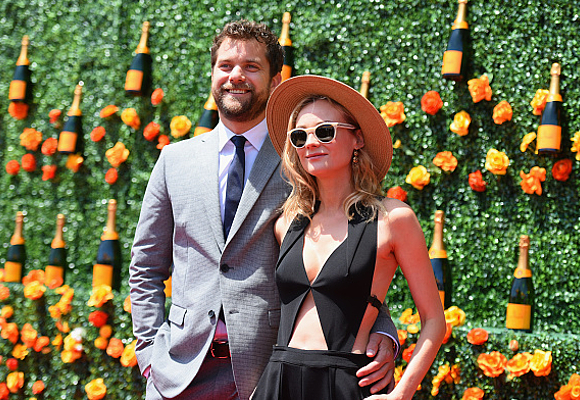
The 18th and 19th centuries are full of literature describing the kind of misfortune awaiting those that did not comply with the tradition to wear new clothes. In those times hats were means to segment population by income strata. Silk, peach bloom; nutria and beaver felt, and Panama straw hats were worn by aristocracy. Cotton; wool felt and visca straw by the middle classes. Caps, bonnets and visors by the working classes.
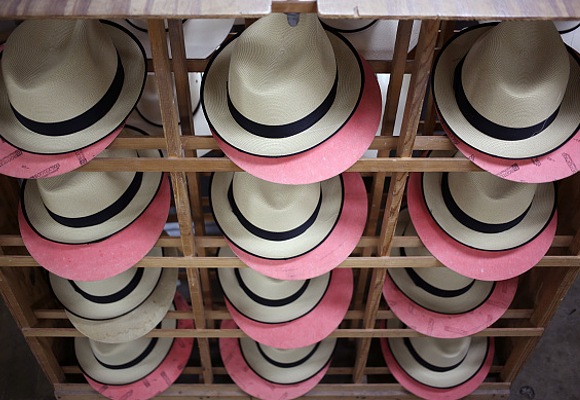
By the early 1900s, the middle class was using silk top hats in the cities mainly for formal occasions, such as weddings and church services. Straw fedoras were being widely worn by both the middle and the working class in the summer months. Broad-brimmed felt hats were the differentiating accessory for ranchers and farmers. Bowlers were being widely worn by both the middle and the working class.
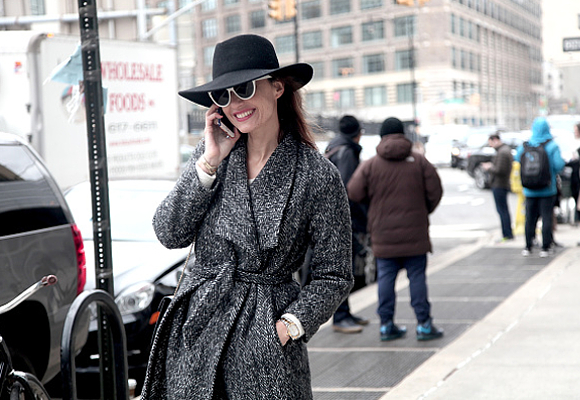
Up and until the 1960s it was regarded unbecoming for men to walk in the streets without a hat. But thereafter hats both for men and women became part of every special occasion attire. Except for the wide brimmed summer hats, the rest had to be ordered, as there were very few ready to wear women hats. Elaborate designs and sharp colors were reserved for spring and summer.
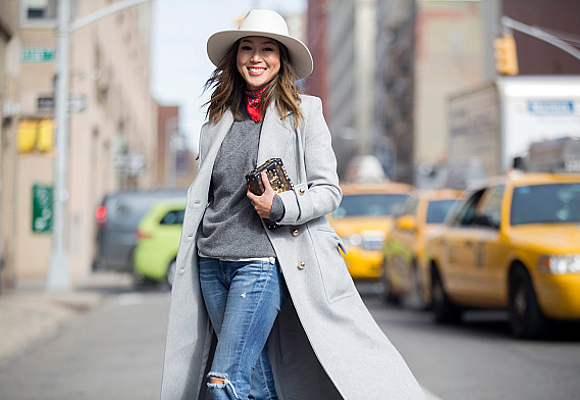
By the 1990s however the fashion revolution that changed the approach and vision of clothing by mixing colors; styles and epochs brought back hats for every occasion. Hats left the realms of the attire to become personality enhancers; fashion statements and markers of political standings.
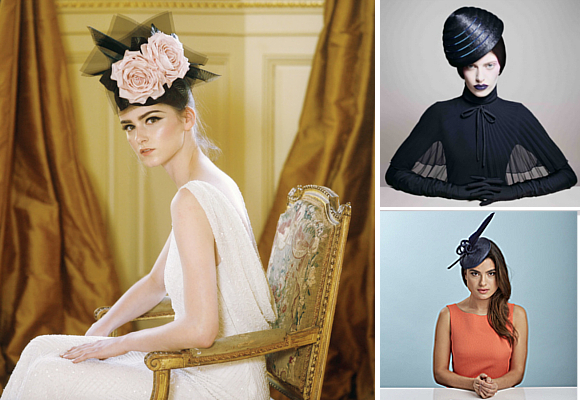
Today hats reign supreme in every city and at any occasion. World hat and cap industry generates $5B in income. The masters of the trade are William Chambers; Gina Foster, Rachel Trevor-Morgan who caters the British Royal family, Stephen Jones and Noel Steward.
